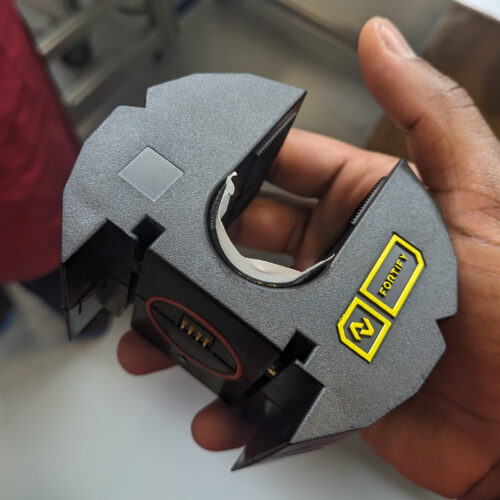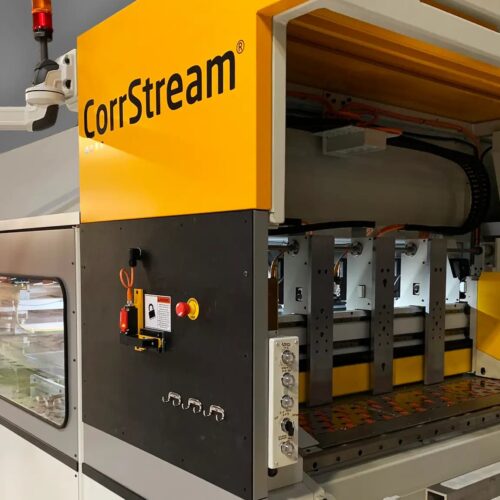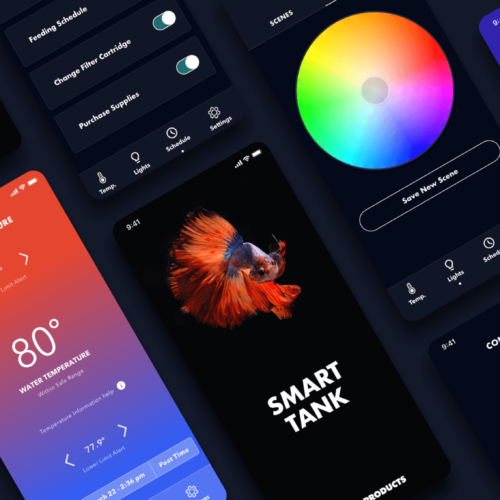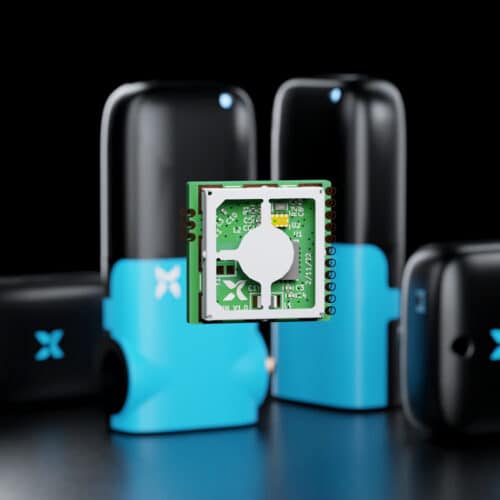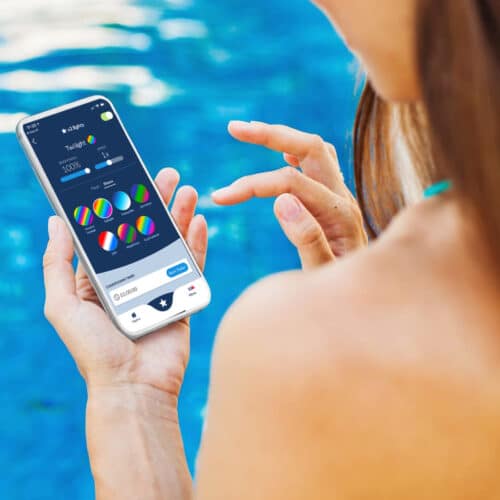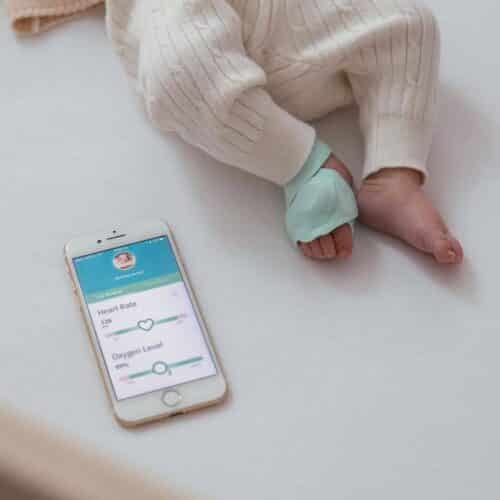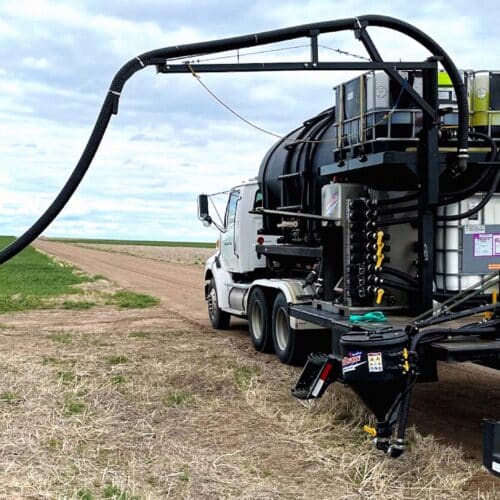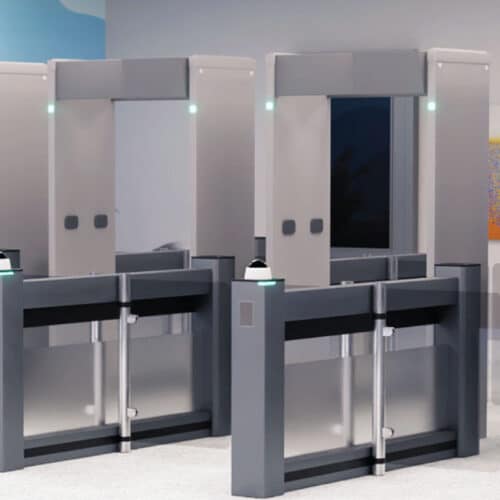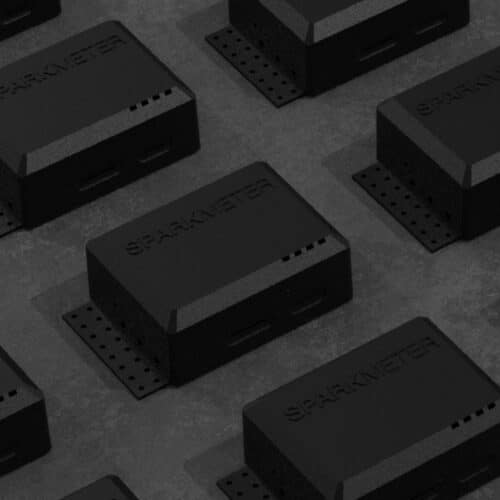Rapid Prototyping of IoT Device To Improve Product-Market Fit
A startup partnered with Very to quickly design and build a low-power security device that can track large, mobile assets and update owners from anywhere in the world.
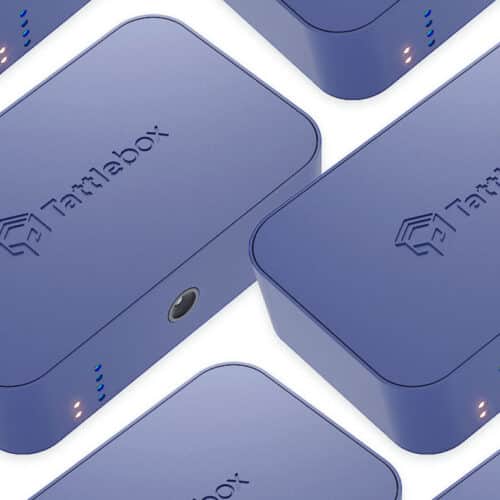

Tattlebox
A startup creating a low-power security device to track large, mobile assets and update owners across the world
IoT Solutions
Hardware Engineering, Electrical Design, Mechanical Design
Project Timeline
First Prototype: 7 weeks, Production-ready Design: 8 weeks later
Tech Stack
KiCAD (electrical design), OnShape (mechanical design), PCBA, Injection Molding, Cellular Communication, GPS, Motion Sensor, Accelerometer, Microcontroller, Low-power Design.
Stats / Results Overview
| Rapid Prototyping 7 weeks from an idea to a functional prototype | | | Iterative Improvement 15 weeks total to ideate, iterate, and finalize board design | | | Ingenuity 3 hours to replace an out-of-stock chip and prove viable replacement. |
It All Started During Lockdown
At the onset of the coronavirus pandemic, as we all hunkered in for lockdowns, many of us dreamed of the day when we’d be free to roam again. Stephen Mack, the founder of Tattlebox, recognized that as we became restless, we’d look for ways to travel that still allowed us to maintain safe social distances. He expected (and was correct) that many of us would flock to large, mobile assets like vans, recreational vehicles, and motorhomes to explore the outdoors.
Tattlebox also knew that greater mobility increases the potential for theft, leading to a different type of concern – asset security. No matter where we travel, we all want to know that our belongings are safe and that no one is making off with our possessions, or our home. The team at Tattlebox recognized the opportunity for a small, battery-powered security system that could “phone home” with updates from any location.

Finding a Hardware Partner
Tattlebox had the ability to write firmware in-house, but didn’t have experience with hardware design. They had a clear vision for the product, had made significant progress on the business logic, and now needed a partner who could quickly and efficiently design and prototype functional hardware.
But when Tattlebox started looking for a partner to take what they had started and run with it, they ran into a roadblock. Other consultancies weren’t comfortable leveraging existing work that wasn’t produced by their own team.
Enter, Very.

Why Tattlebox Chose Very
Tattlebox was looking for a development shop that had experience with IoT hardware, was able to design the entire physical product, and could do it quickly. The ideal firm also needed to feel like a true partner – comfortable with and willing to incorporate the work Tattlebox had already produced. This was a perfect fit for Very’s Agile hardware practice.
What the team at Tattlebox didn’t know before reaching out to Very, but soon learned, is that beyond our deep IoT development expertise, we bring strategy to the table. We work alongside each client to push the boundaries of what we can accomplish together, sometimes helping them reach an even greater vision than what they originally imagined.
Once Tattlebox realized they found the right partner to help them realize their vision, Very kicked off a technical design sprint. The team, led by Bill Flaherty, Very’s Director of Hardware Engineering, in conjunction with Jake Washam, Senior Mechanical Engineer and Eddie Samuels, Senior Embedded Electrical Engineer, quickly understood Tattlebox’s goals and developed a plan to implement working hardware in a few short weeks.

Going From Zero to One in Hardware
At Very, we practice prototype-led development for all hardware engagements. We believe that the only way to truly learn the capabilities and limitations of a piece of hardware is to build and test it. So, every step of the way we look towards the next prototype that we can build, and focus our efforts on developing and reducing risk on the next set of features.
Our mechanical and electrical engineers produced a custom printed circuit board assembly (PCBA) that contained all the major features of the device, and a custom enclosure to hold it. The team moved rapidly from a schematic and basic enclosure outline, all the way to a board layout and injection moldable enclosure.
Creating a Virtuous Circle With Rapid Prototyping
After engaging a custom PCBA manufacturer with rapid turn capabilities, and firing up the 3D printers in our engineers’ home labs, our team generated a functional prototype with Tattlebox in only seven weeks. This prototype allowed Tattlebox to execute their business logic on real hardware and quickly improve their firmware. Based on Tattlebox’s progress, Very made additional hardware changes to finalize the board design. This iterative process created a positive feedback loop – a virtuous circle of product improvement – over the course of the engagement.

Tattlebox Leans on Very To Navigate the Chip Shortage
During the development of this first version of the board, one of the components went out of stock due to the global silicon shortage. Pivoting quickly, Very identified a replacement chip. Unfortunately, the replacement had a different footprint and operated slightly differently from the stock part. The team wasn’t sure it would work.
Following Very’s Agile hardware development method, Eddie, the senior embedded electrical engineer, “hacked in” a devkit to the first version (V1) of the board in less than three hours. Tattlebox used the adapted V1 board to modify the firmware and prove the viability of the replacement chip. Very then updated the V2 board design to use the new part, effectively solving the chip shortage problem.
Preparing the Prototype for Production
With the initial prototype in hand, the team began preparing the board for manufacturing. Very collaborated closely with Tattlebox to extensively test the firmware. We also conducted detailed hardware testing and antenna tuning. This resulted in a small number of board modifications and mechanical changes to improve the experience of using the device.
In total, it took just 15 weeks for the entire prototyping experience – from ideation, through iteration, to a final production-ready design.
During the chip shortage we could not buy the parts we needed, so we had to scavenge. Very was extremely creative and hands-on in coming up with a solution. After confirming that the required chip could be scavenged from a development board produced by the chip manufacturer, Eddie worked with a local contract manufacturer to scale up the process. This is an unusual request for a contract manufacturer, but they understood that it was necessary given the current supply chain conditions. The chip scavenging was a tremendous success. Without Eddie’s creativity and expertise in solving the chip shortage roadblock, it would have cost Tattlebox significantly more money, and we wouldn’t have the prototypes we have today.
Stephen Mack
Founder, Tattlebox
Improving Time-to-Information Results in a New Market Opportunity
The Agile development process isn’t focused on time-to-market exclusively. Rather, we improve our clients’ time-to-information. We want to get you working hardware and software faster so that you can use it to define your market and hear directly from users. By putting real IoT devices into customers’ hands, you might discover an even better opportunity is within your reach.

You won’t find this product on store shelves just yet, but there’s a good reason. Very’s rapid prototyping enabled Tattlebox to test assumptions, generate data, and get the devices into the hands of potential customers quickly. Based on customer feedback, Tattlebox discovered that a few additional tweaks will allow them to pivot into a broader – more lucrative – market. So instead of launching a limited product, Tattlebox opted to save money on this production run and instead launch with a revamped offering targeting this newly identified, more profitable market segment.
Sometimes rapid prototyping means releasing your initial product into market faster, but other times it means learning quickly so you can launch with better product-market fit.
Putting a real product into the hands of potential customers gave us the critical feedback that we needed to continue to optimize and strengthen our product offering. It not only gave us a better product for our current market, but it will allow us to expand into several adjacent markets.
Stephen Mack
Founder, Tattlebox
Bring Your Idea Into the Real World
Have a great idea for an IoT device that needs a little hardware help? Reach out to see how Very can get you quickly from a sketch on a napkin to hardware on the shelf.
Want to take the Tattlebox success story with you? Download the full PDF case study →
Let's talk about your vision for a powerful IoT solution.

